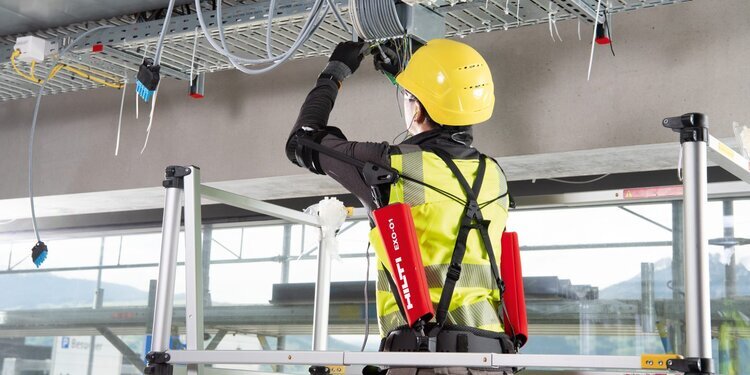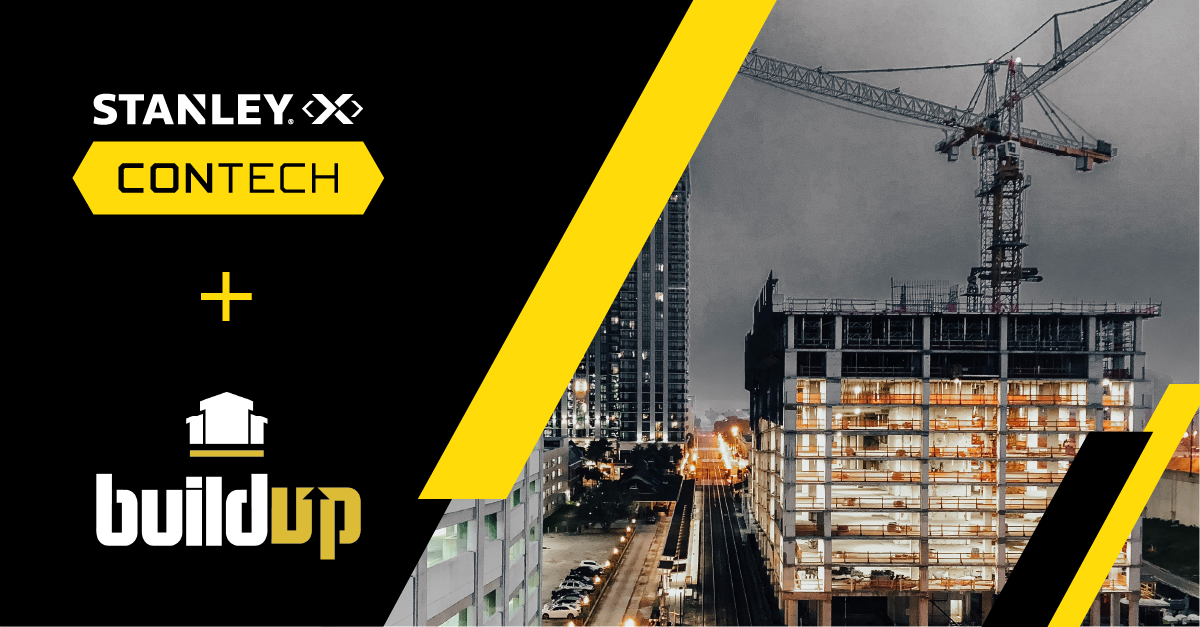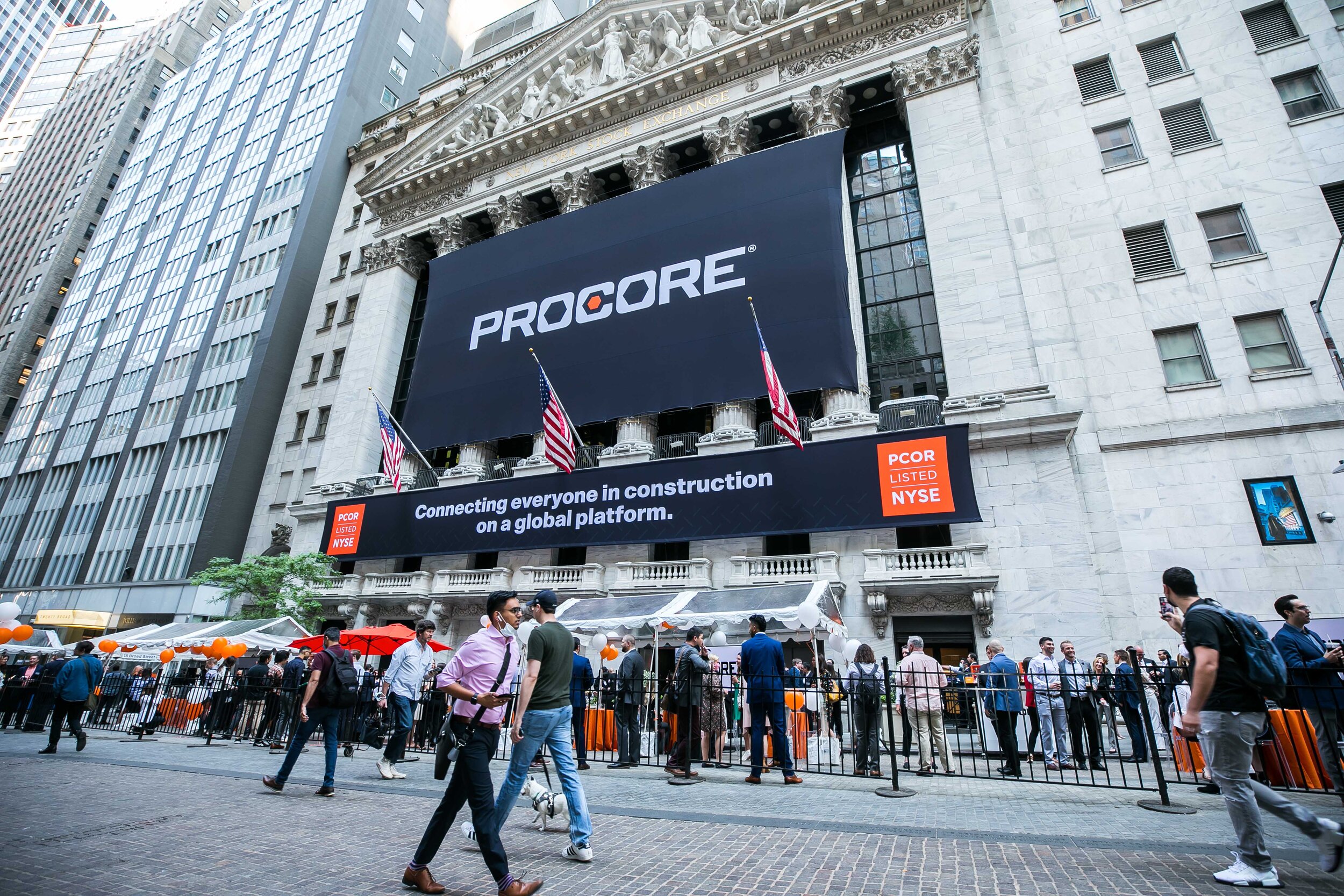via HoloBuilder
The following is a guest post by Harry Handorf, Marketing Manager at HoloBuilder, Inc. HoloBuilder, Inc. is a San Francisco-based construction technology company that designs, develops, and sells enterprise SaaS software. HoloBuilder offers reality capturing solutions for progress documentation and construction project management. Making use of 360° imagery, computer vision, and AI, HoloBuilder is the fastest and most insightful solution to document construction projects. HoloBuilder’s customers include 40% of the Top 100 General Contractors in the United States. Its investors include Brick and Mortar Ventures and Tandem Capital. If you would like to get connected or if you have any questions, just visit them on LinkedIn, Twitter or Facebook.
How are construction sites usually documented?
The progress of construction sites is usually captured by taking still photos of different areas that have been subject to change. Documenting a full construction site requires a lot of pictures (usually more than ten per room), and even then not every corner of a room can be captured.
The thousands of point and shoot photos are often stored in a series of folders and subfolders. Unfortunately, it is hard to navigate in this traditional folder structure, which makes it difficult to understand where each photo was taken or to locate a photo from a specific time and location.
Before 360 degree technology was available, standard still photos of construction sites have been stored in a hard drive folder
Why is regular photo documentation a concept with many drawbacks?
Regular photo documentation with standard still photos is a comparatively slow and inefficient process. Every time you want to capture new progress, one of your employees has to spend hours taking photos and sorting them afterwards. Now that mainstream 360º cameras have hit the market, it is easier than ever to capture your entire surroundings with the tap of just one button. Where you had to take at least 11 regular photos, now you only need to take one 360º image to capture every detail around you. By capturing conditions in 360 degrees as fast as foremen can walk the site, construction companies can save a lot of time. And time always equals money.
State of the art construction progress documentation
How does 360° technology for construction work?
The term 360-degree technology refers to the concept of working with 360-degree images, which are often called photo spheres (or photospheres). Even though many manufacturers are building 360-degree cameras, the basic idea always remains the same: When such a camera is triggered, it takes one photo through each of its two (or more) lenses at the same time. Then the camera ‘stitches’ the photos together to one 360° photo. This way everything around you is captured thoroughly. Thus, 360º technology fills in the gaps that are often left by taking regular photos, providing a complete documentation for your site.
With affordable 360° cameras, such as the Ricoh Theta SC, which are small, portable, and easy to use, the technology can be easily deployed to construction sites. Because the cameras do not require much equipment or complicated set-up, it is possible to capture a virtual job walk of a construction site on a regular basis . This makes them great for progress documentation.
To view the recorded 360° photo in full 360 degrees, it can to be uploaded to a web platform like HoloBuilder. One way to do it is by uploading it via the web interface in your browser. Because it is a cloud-based platform, all images will be immediately accessible to project superintendents, engineers, and architects around the globe.
A 360-degree job walk, captured in the field and shown in the web browser
The process becomes even easier and faster with dedicated mobile solutions like HoloBuilder’s JobWalk App for Android and iOS smartphones. The intuitive mobile solution simplifies the capturing process and makes it quicker by automatically linking the 360° images to their real world counterpart locations on a sheet and uploading the completed tour from your mobile device.
Why is 360° technology great for construction progress documentation?
A main advantage of virtual job walks is that you can easily orient yourself on the virtual job site: understand both where you are and what you are going to see next. The documentation no longer consists of detached pictures — it is a virtual construction site.
Thanks to an unlimited number of sheets that can be uploaded, progress on all levels of the site can be captured and progress tracking over time becomes a reality with features like HoloBuilder’s TimeTravel. Instead of saving photos from different days in different folders, photos captured over time are stored in their corresponding location on a virtual sheet. The result is a very clear structure of one virtual HoloBuilder project for each real construction project.
Besides, 360° technology is so easy to use that even untrained interns can do the documentation. This is another aspect that saves a lot of money, because no expert photographer needs to be hired on a weekly basis. The ability to quickly capture, view, and annotate progress increases efficiency because mistakes during the building process can be found easier and faster . Through annotations in the 360° images it is easy to communicate needed changes. You can use annotations to create virtual punch lists from the office, and update the images when the tasks have been completed.
Furthermore, the 360º images can be used when dealing with trade damage and creating change order requests. A 360° view of each room in different stages makes it easy to communicate requests clearly and helps you to be on the safe side should legal questions arise.
What is required to get started with 360° construction progress documentation?
An introduction video about how to get started with 360° construction documentation
- A 360° camera. We recommend the Ricoh Theta SC ($199.95 on Amazon)
- A Tripod/Monopod. We recommend the Smatree SmaPole Q3 ($19.99 on Amazon)
- A laptop or desktop computer with a HoloBuilder account
- An iOS or Android device with the HoloBuilder JobWalk app.
Optional:
- A GoPro adhesive + Rec-Mounts adapter ($13.99 on Amazon) for mounting the camera on the helmet.
- A longer tripod for measurement compatibility (higher than 160cm)
- A rechargeable LED lantern to bring light into every corner
The process is intuitive and it does not need a trained expert to do it.
Which capabilities and features for advanced documentation exist?
With advanced construction solutions like HoloBuilder efficient progress documentation for large-scale construction projects becomes a reality. Users can collaborate with their whole team. Entire construction project teams can contribute to the documentation process from their computer or mobile device. Having all of the project members on board allows users to set up large projects quickly while allowing the project owner to decide who has access and editor rights. Furthermore, you can import 360-degree renderings from BIM modeling software such as Autodesk® Revit® and Navisworks® into your HoloBuilder project. Switching between 360-degree images of your site and 360-degree 3D renderings allows engineers to see when changes between site conditions and project models begin to differ early on. Comparing the site to renderings of BIM models can also help engineers determine what they are working on and how much progress has been made for WIP reports. Once the project reaches the close-out phase, you can download the documentation and save it as a view-only deliverable for the project’s owner to keep throughout the lifetime of the building.
How does it look like in reality? Examples from the field.
The first example we would like to show you is from a co-working space. New images were taken for each location every few weeks, allowing you to easily view progress over time. Simply select a date from the dropdown list and see what the site’s condition was on that day:
The next example is a virtual tour of the mechanical room and generators used in the New Stanford Hospital. Click the blue circles to navigate through the virtual tour:
This example shows how 3D BIM models can be imported into HoloBuilder projects to help engineers view what the completed scene should look like. Simply select the Time Travel 2016/07/28 to view 3D renderings of the building:
For instructions on how to navigate and create 360º projects, follow the self-guided tutorial below:













In the midst of fierce discourse over the bipartisan infrastructure bill lies a unique opportunity for the United States.